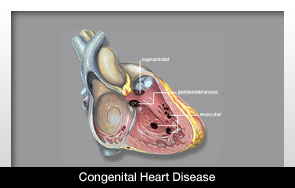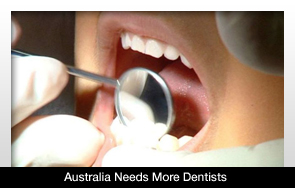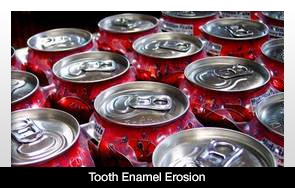2011年07月28日19時01分
リーダーズボード
順位 選手名 スコア1 平塚 哲二 -7
2 池田 勇太 -6
3 K・アフィバーンラト -4
4 宮里 優作 -3
横田 真一 -3
孟 東燮 -3
キム・ヒョンテ -3
J・チョイ -3
上田 諭尉 -3
藤島 豊和 -3
順位の続きを見る

初日から大きく出遅れてしまった石川遼(撮影:岩井康博)



<サン・クロレラ クラシック 初日◇28日◇小樽カントリー倶楽部(7,471ヤード・パー72)>
国内男子ツアー「サン・クロレラ クラシック」が北海道にある小樽カントリー倶楽部で開幕。09年チャンピオンがいきなりつまづいた。石川遼は前半4番でボギーが先行すると、続く5番ではティショットのミスからダブルボギー、さらに6番、7番とボギーを叩きこの4ホールで5つスコアを落としてしまう。その後9番、10番、13番とパー5でバーディを3つ奪ったものの、最難関の16番、最終18番とボギーを叩き5オーバーでホールアウト。123位タイと大きく出遅れてしまった。
「石川遼1打速報」で全ストロークを振り返る
先週から改造を始めて手ごたえを掴みつつあったショットが曲がりに曲がった。スタートから3ホールこそ静かなゴルフだったが、4番パー3では「自分の思ったところより10メートルは左に行ってしまった」というミスショット。続く5番では「4番ではクラブが外から入ってしまったので、それだけは避けようと思って手先で打ってしまった」ボールは右の林に入りセカンドは出すだけ。3打目、アプローチのミスも重なって悪循環のままスコアをズルズルと落としてしまった。
曲がる原因はわかっている。「スイングアークが小さいとサイドスピンが多くなってしまう」しかし、修正は最後まで出来なかった。「序盤でティショットが曲がってスイングに自信を持てなくなって大きなスイングアークで打てなくなる悪循環でした」その後も思うようなボールが打てず、最終18番のティショットも右に大きく曲げて隣のホールのフェアウェイ。そこからボギーを叩きこの日を象徴するようなフィニッシュとなった。
「スイングを変え始めている途中なので。例えばパターを変えた直後は入るようになったりしますが、それは長続きしない。スイングもこれからが大切。徐々に右肩上がりになっていければ」。結果が出ないことには満足出来ないが、このスイングに大きな伸びしろを感じることが出来るのが救いだ。
「今は頭の中がスイングのことでいっぱい。2、3年前に戻った感じで新鮮ですね」。2年前はドライバーを真っ直ぐ飛ばすことだけを考えて大会制覇。もう一度あの頃に戻ってどこまでもスイングと向き合う。
【初日の順位】
1位:平塚哲二(-7)
2位:池田勇太(-6)
3位:キラデク・アフィバーンラト(-4)
4位T:宮里優作(-3)
4位T:横田真一(-3)
4位T:メン・ドンソプ(-3)
4位T:H・T・キム(キム・ヒョンテ)(-3)
4位T:J・チョイ(-3)
4位T:上田諭尉(-3)
4位T:藤島豊和(-3)
4位T:井上忠久(-3)
12位T:薗田峻輔(-2)他9名
61位T:※松山英樹(+1)他19名
123位T:石川遼(+5)他11名
※はアマチュア













































